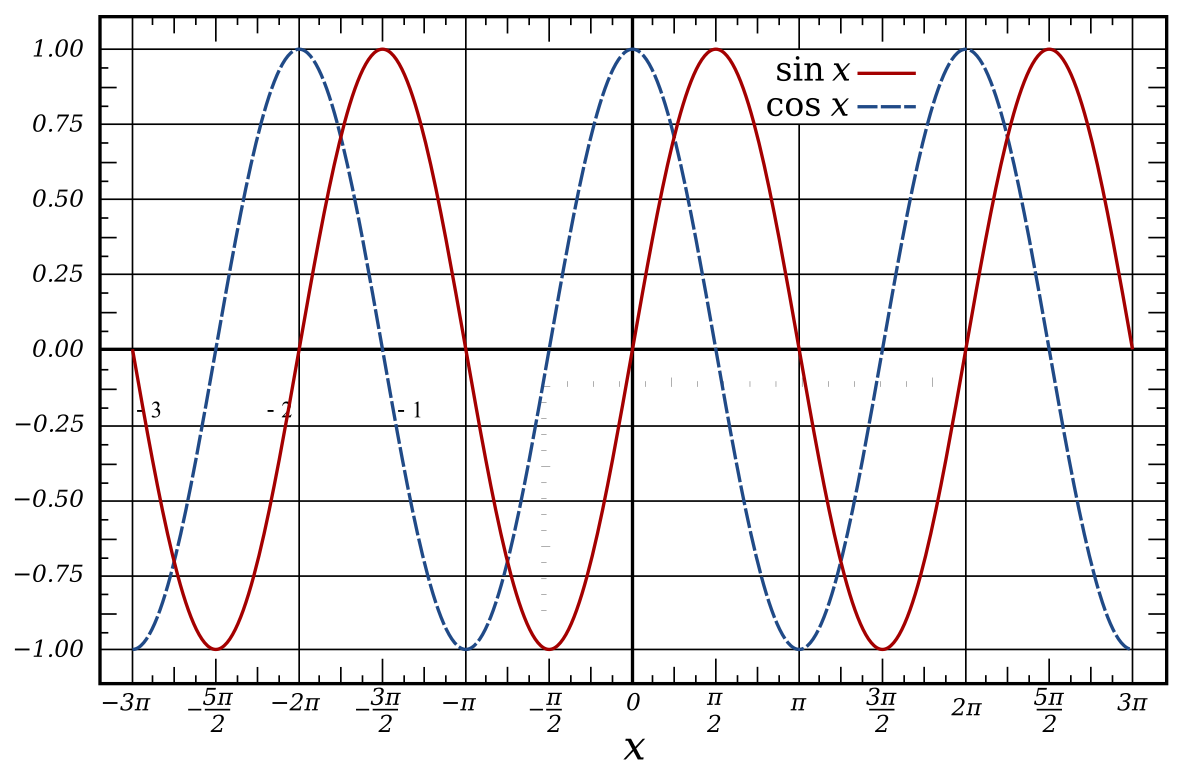
B. Current-voltage characteristics of full resistance switching cycles... | Download Scientific Diagram

Using numerical analysis of ordinary differential equation systems to predict the chemical concentration after plasma irradiation: AIP Advances: Vol 12, No 5
How does the term sin (2*pi*f*t) come from? I know that sin and cosine take radians as arguments which will be (pi/2) * (no. of degrees) but why do we mulitply f*t?

SOLVED: Using separation of variables method to solve the IBVP Utt = Uxx; 0 <x<1 t>0 u(o,t)=0=u(1,t) u(x, 0) = 2 sin (Tx) 4(x, 0) = sin (2tx) produces the general solution

A transverse wave is described by the equation y = y0sin2pi ( ft - xt ) . The maximum velocity of the particle is equal to four times the wave velocity, if
Define Heaviside unit step function. Using unit step function find the laplace transform of: f (t) = {(sint, 0 ≤ t < π) (sin2t, π ≤ t < 2π) (sin3t, - Sarthaks eConnect | Largest Online Education Community

χ and χ ⋅ ⟨sin(2π f t) sin(2π f t + φ)⟩o as a function of f obtained... | Download Scientific Diagram

A transverse wave is described by the equation y = y0sin2pi ( ft - xt ) . The maximum velocity of the particle is equal to four times the wave velocity, if
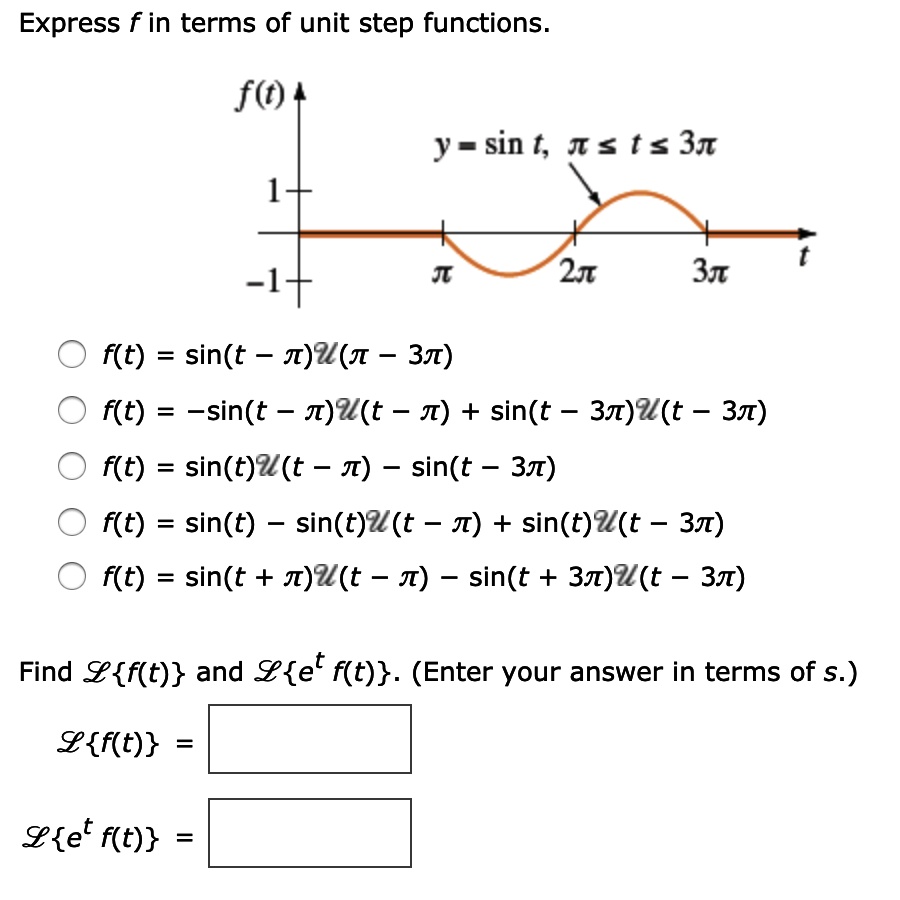

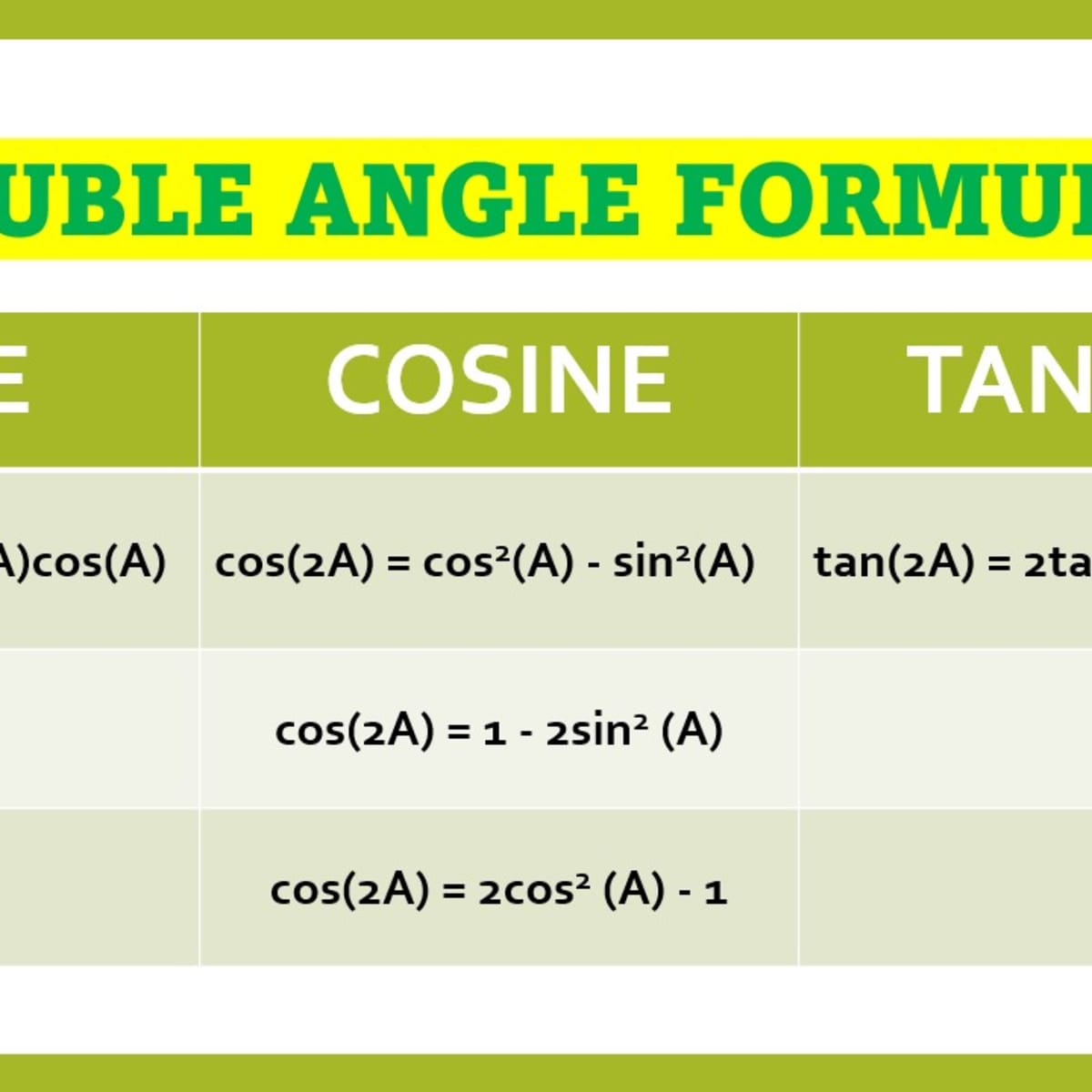


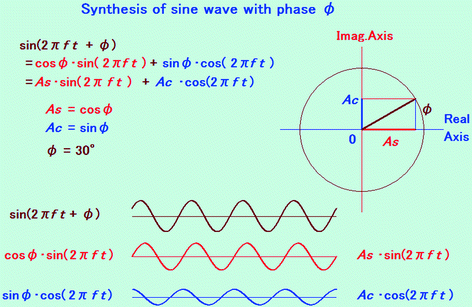

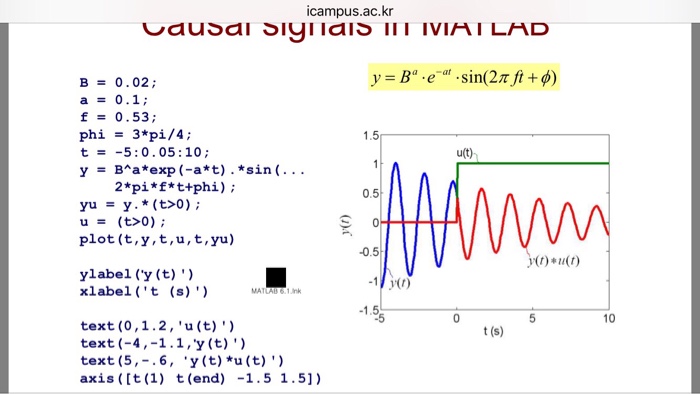


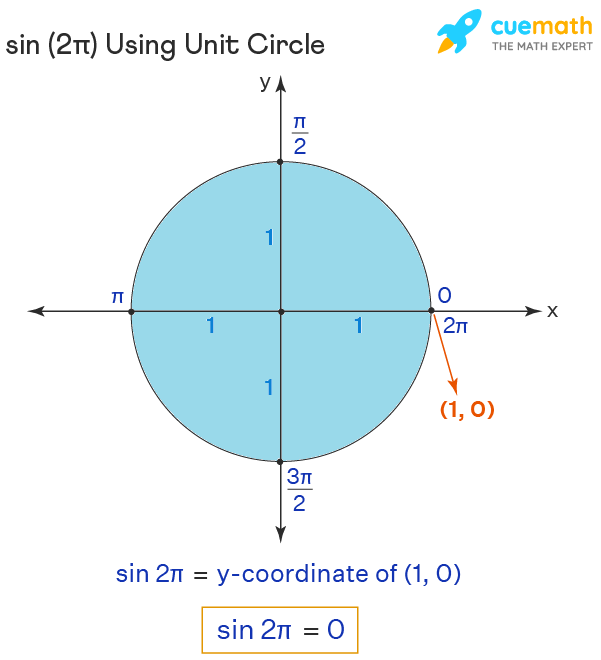



![Find the absolute maximum and minimum value of f on [0, pi/2]. F(t) = 2 cos t + sin 2t - YouTube Find the absolute maximum and minimum value of f on [0, pi/2]. F(t) = 2 cos t + sin 2t - YouTube](https://i.ytimg.com/vi/gjDlr4Igtww/maxresdefault.jpg)

